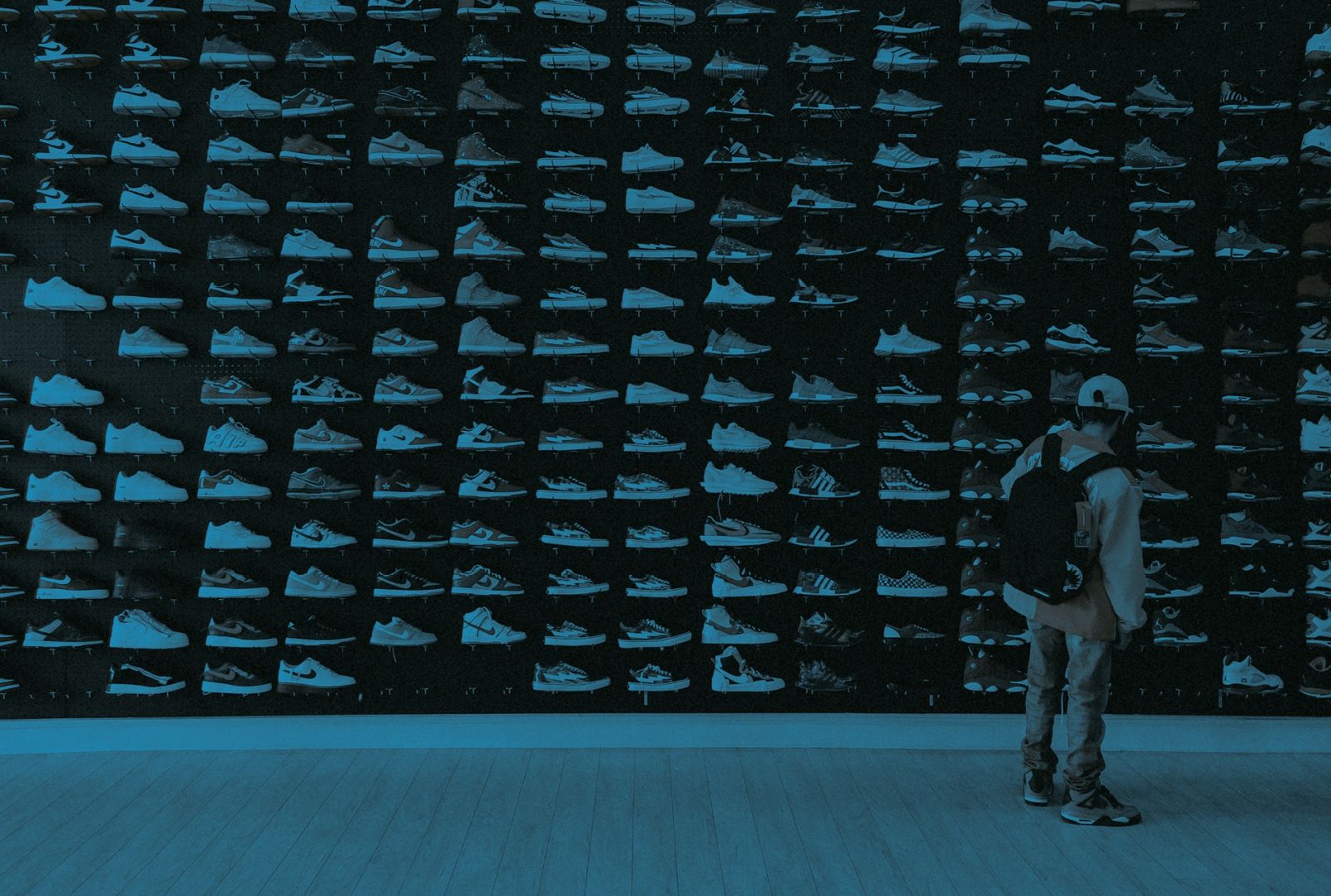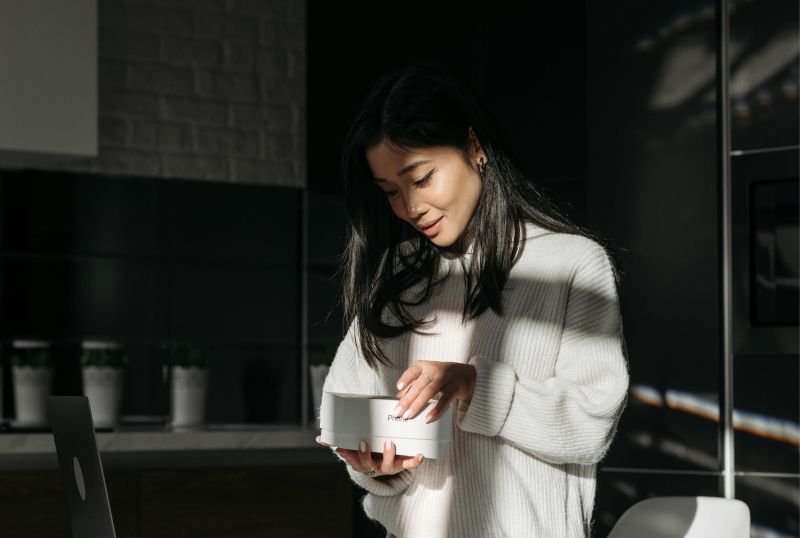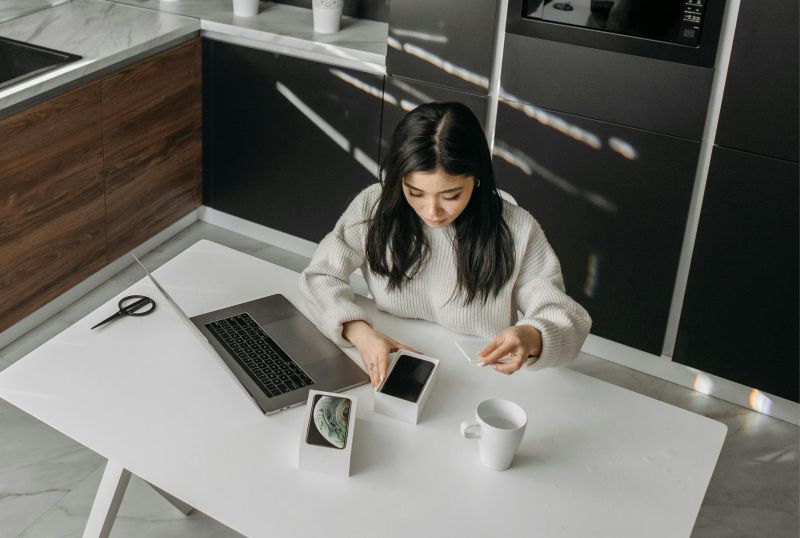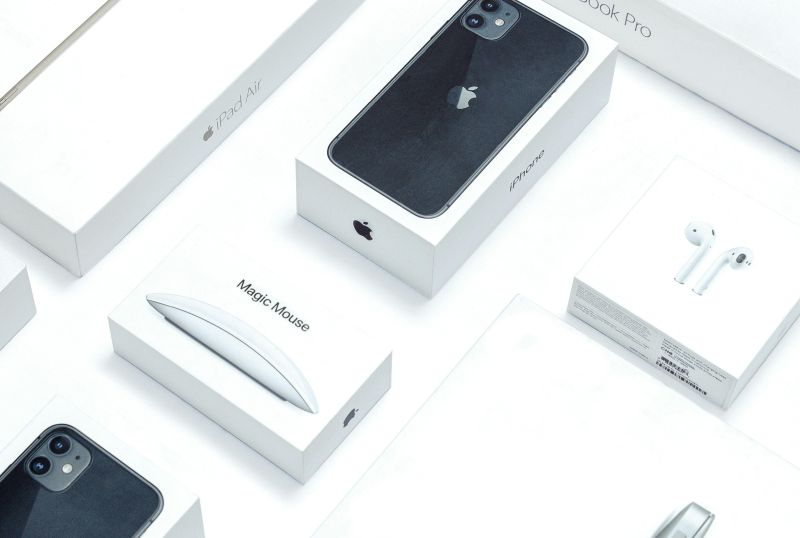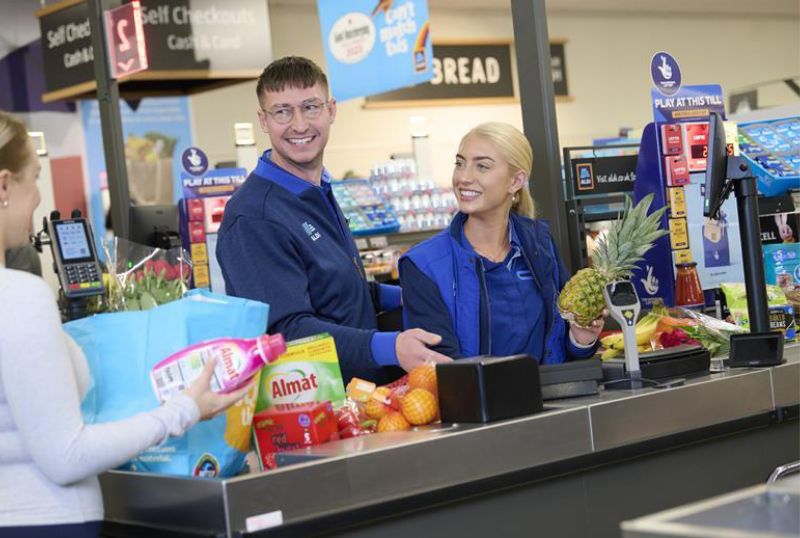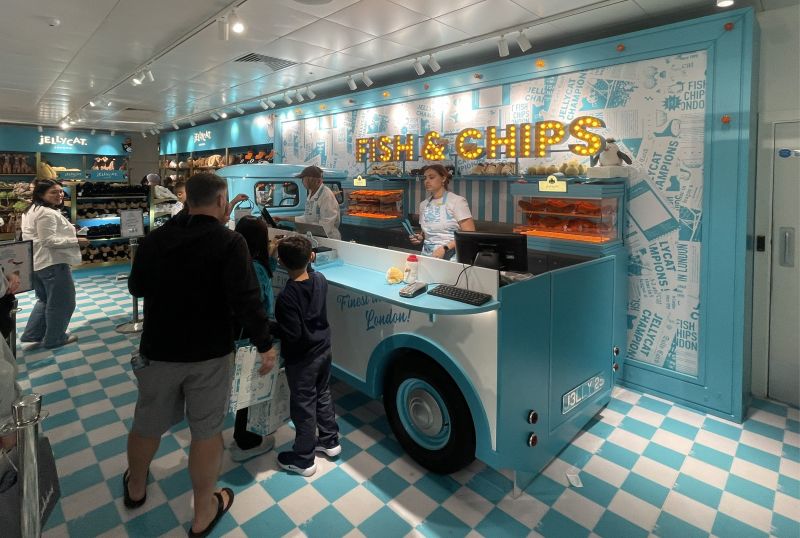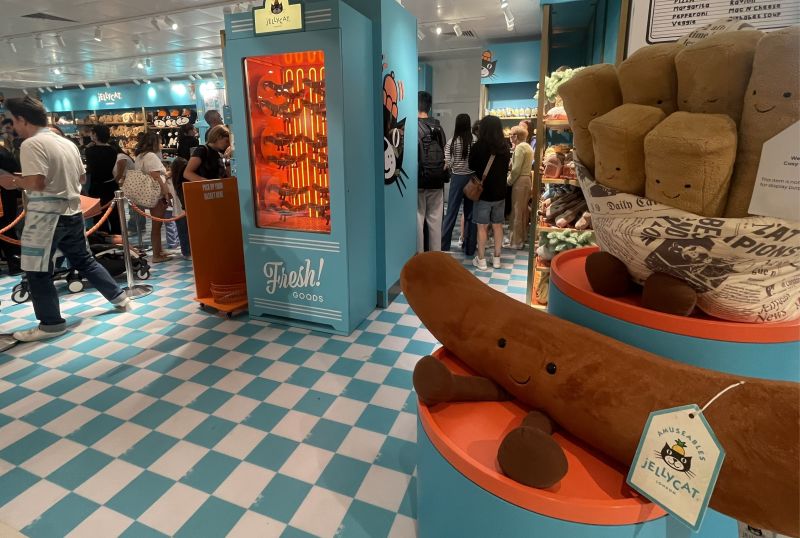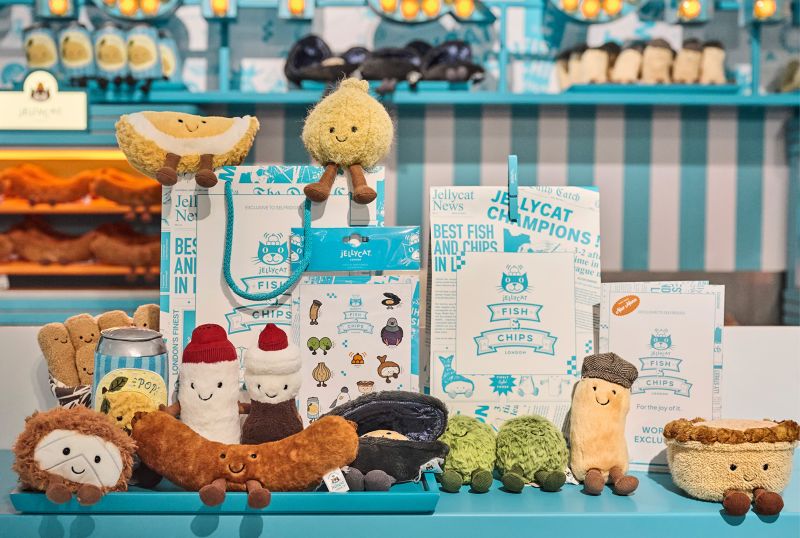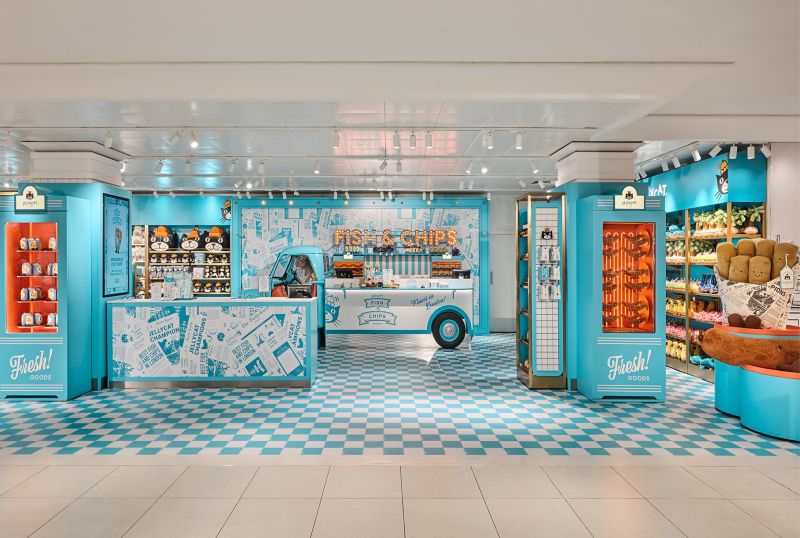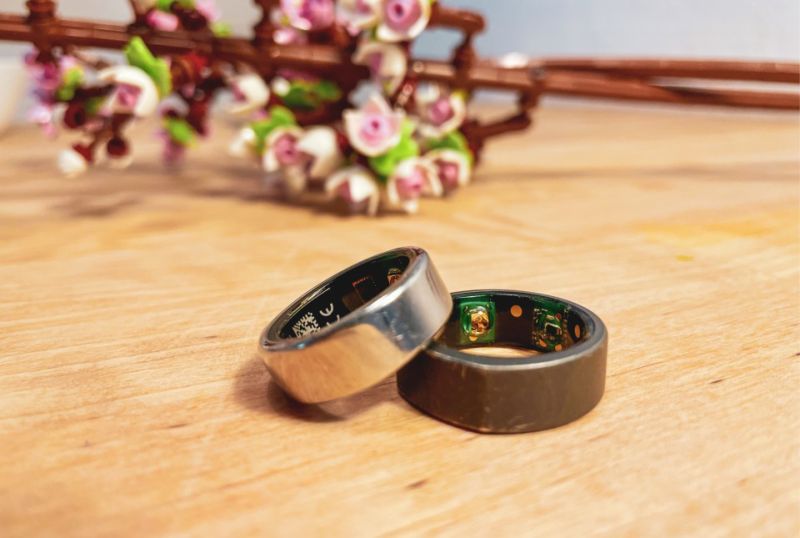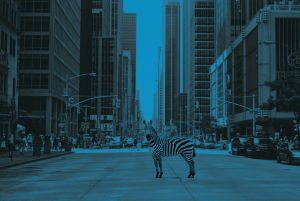It’s time to bring back the small moments that make shopping feel human again.
I used to love shopping. Not retail, that’s my professional lens, but shopping as a cultural act. A weekend ritual of discovery, where the act itself, rather than just the acquisition of a product, provided something social, sensory, and shared. Time spent with friends or family, wandering through cities, feeling connected, curious, and alive.
But lately, the joy has drained from it. Perhaps it’s age, or a conscious effort to consume less — my eco-conscience wrestling my inner magpie. Yet I suspect something else has changed: shopping itself has lost its soul.
After years of designing retail experiences for global brands, I’ve noticed something strange — the more efficient and transactional stores become, the less memorable they feel and the less inclined I am to (re)visit them.
What Rituals Are — and Why They Matter
Rituals are the emotional glue of human behaviour. They define culture, they turn the ordinary into the memorable. From morning coffee routines to national ceremonies, rituals give structure, anticipation and significance to our actions. They create a sense of belonging and meaning — even when the outcome, the purchase itself, is a foregone conclusion.
Shopping is full of rituals — those small, deliberate gestures that make buying feel meaningful. Think of unboxing an Apple product: the slow lift of the lid, the hiss of the seal, the pristine perfection inside — it’s less packaging, more performance. Or hearing your name called at Starbucks — a simple flourish that transforms a queue of caffeine-seekers into a moment of personal recognition. Even Aldi’s rapid-fire checkout has its own ritualistic thrill — the shared chaos, the scramble to pack, the unspoken competition with the cashier. Each one is a small piece of theatre that turns the ordinary into the emotional. The best retailers understand this instinctively: they don’t just sell things — they stage moments that make us feel something.
The rituals of shopping are influenced by several psychological factors and behaviours, the anticipation of a reward, the provision of community or the ability to provide identity and self-expression. When a brand becomes part of a personal ritual, it builds a deeper emotional connection with the consumer.
The issues with today’s retail are in the drive for efficiency and creating frictionless retail. We have made the experience utilitarian, and the focus is too much on the practicality of acquiring a product and making a rational decision. For rituals to form we need ‘hedonic’ shopping, shopping driven by the pleasure and excitement of the experience. This involves the fantasy, escapism, and stimulation found in the retail environment, like browsing for fun or enjoying the anticipation of a new purchase.
Somewhere along the way, ‘experiential retail’ became shorthand for throwing entertainment, education, or technology at the problem. We’ve added layers, but not depth. What’s missing isn’t spectacle — it’s ceremony. Those small, often irrational rituals that make shopping feel human again; the gestures, pauses, and moments of theatre that turn a simple purchase into something meaningful and memorable.
Anthropologists tell us that rituals evolved to help humans make sense of transitions, from one state to another, or from one stage of life to the next. They are acts of preparation, participation and reflection.
In retail, rituals once performed that same role — helping us move from desire to decision, from browsing to belonging.
But somewhere along the way, those rituals disappeared.
The Rituals We Lost - When Shopping Meant Something
In the 1950s, 1960s, and 1970s, shopping was slower and more deliberate. Choice was limited, money was saved, and purchases were planned. The journey towards owning something often involved multiple store visits — looking, saving, returning, and finally buying.
This wasn’t inefficiency; it was part of the experience. Those small acts built emotional investment. They created stories around the things we bought — and those stories gave objects meaning. A new coat wasn’t just a garment; it becomes the embodiment of self, a receptacle for our memories, relationships and travels, it becomes THAT coat.
Shopping used to carry a rhythm. The Saturday trip to town. The chat with the shopkeeper. The shared ritual of trying, choosing, waiting. Today, that rhythm has been replaced by a drive to instant gratification.
The Rituals We Have Now - The Rituals of Online Shopping
Online shopping, interestingly, has its own rituals — but they’re different in tone. The late-night scroll. The abandoned cart. The small dopamine hit when the parcel arrives. There’s anticipation, yes, but it’s compressed into a short, shallow loop of desire and delivery.
The box-opening moment, the ‘unboxing’, has become the new ceremony — the modern equivalent of walking out of a shop with a paper bag swinging at your side. But even this ritual feels hollowed out by repetition. There’s little story, no sense of place, no shared experience.
Our rituals have become solitary, screen-bound, and strangely silent. We no longer prepare to buy; we react to buy. This cognitive dissonance can lead to buyer's remorse, negatively impacting brand loyalty, reducing trust, creating negative brand perception, and lower repurchase intent.
Retail’s Missing Ingredient
Even in the great capitals of consumption — London, New York, Paris, Tokyo — the physical experience now feels hollow. Perfectly optimised, ruthlessly efficient, yet emotionally flat. We’ve engineered shopping into a process, not a pleasure. Brands have spent years designing retail around the product when the real opportunity is to design retail around the person making the purchase.
Don’t get me wrong, sales keep the economy alive. But it’s not what makes us feel alive.
The industry’s answer was to bolt on ‘experiential retail’: a dose of entertainment here, a splash of education there, a few immersive theatrics to distract us from the monotony of transaction. However, these add-ons rarely address the core problem — they merely decorate, rather than deepen, the experience.
What’s missing isn’t spectacle. It’s ritual. Ritual is the missing user experience of modern retail. Rituals give significance to the ordinary. They turn transactions into theatre and consumption into connection. The act of buying becomes something worth remembering — and that memory makes the object itself more valuable.
Sameness and Sterility
The problem is, so much of retail has forgotten this. Take eyewear, for example: aside from a few recent disruptors, the ritual of buying glasses has remained unchanged for two hundred years. It’s the same sterile process — an eye test, a wall of frames, a polite exchange at the counter. Functional, yes. Memorable, no.
Fashion isn’t much better. Walk down any high street and you’ll find endless variations of the same experience: racks, mirrors, music, repeat. We’ve created a world where stores look slightly different, but feel exactly the same. It’s efficiency masquerading as creativity.
Rediscovering the Joy of the Purchase
And that’s why what I found at the Jellycat space in Selfridges felt so unexpectedly joyful. On the surface, it’s a soft toy shop. But the toys — shaped like fish and chips, sold from a retro van — turn the act of buying into a playful ritual. You queue, you interact, you laugh. The purchase becomes a story to be retold and relived, not just a transaction.
It’s no surprise that the queues are long, the prices are premium, and the delight is genuine. People aren’t paying for toys — they’re paying for a moment that feels alive.
The Rituals We Could Design
Rituals aren’t relics of the past; they’re tools for reinvention. If we approach them creatively, they could transform how, what, and where we buy.
Take my Oura ring. I don’t usually wear rings, but I bought one to monitor my health and focus on being my best self. In doing so, I traded my wedding ring for it. My wife was… not entirely pleased. But that small act — swapping a symbol of partnership for a symbol of personal progress — revealed something fascinating: even a health tracker can carry ritual meaning when the purchase represents a transformation.
Imagine if brands recognised and designed for that emotional exchange, not just the functional one.
Perhaps there’s an opportunity for Oura to create paired rings — for couples who want to make a shared commitment to health, wellbeing, and each other. A small ritual that turns data into devotion.
Or think about concerts. When I take my child to a show, I instinctively want to buy a memory — something tangible that captures the emotion of the moment. They might not care now, but years later, that T-shirt from the gig will become an artefact of nostalgia—a future badge of belonging.
And what if we redesigned that ritual too? Imagine a sealed concert bag — a time capsule you can’t open for fifteen years. On the exact anniversary, you break the seal, and a small speaker plays a track from the artist while you unwrap the memento inside. Suddenly, what was once merchandise becomes a moment of rediscovery — a ritual of reflection and connection.
This is the richness we’ve forgotten: that artefacts (the products we buy) gain value through the rituals surrounding them. A well-designed retail ritual doesn’t just sell an object — it sells a story that lives on in memory.
Why This Matters for Retail - The Future of Shopping With Meaning
And this is the real opportunity ahead for retail — not just to sell better things, but to design better moments around buying them. Because when we make the act of purchase itself experiential, we create a story people want to tell. We transform a simple exchange of money for goods into a personal performance — a unique moment that lives on in memory long after the product leaves the shelf.
That’s what builds loyalty, love, and longevity. Not points, not discounts — but meaning.
When the act of buying becomes a story worth sharing, the product becomes a keepsake, not just a possession.
Perhaps that’s the real future of sustainable retail: not about buying less but buying better (with meaning), where every purchase is an experience worth remembering, and every product carries a story worth retelling. Retail’s future is not in selling more things, but in designing more meaningful rituals, the small, human moments that turn shopping back into a shared act of culture.
What rituals are you designing around the act of buying — and what stories will your customers tell because of them?
